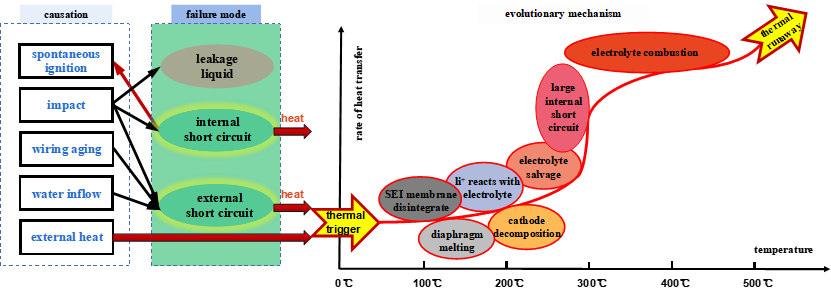
Figure 1. Thermal runaway mechanism of the battery
With the promotion of the dual-carbon goal and the transformation of green energy, power lithium batteries are widely used in the field of new energy, but the fires and explosions caused by them in the process of transportation and storage are endless, which has great security risks. Lithium battery fire is different from traditional fire, with the characteristics of fast heat release rate, complex smoke composition, strong destructive force of shell fragments, difficult fire extinguishing, long duration, etc., the monomer will have a violent complex REDOX reaction, easy to occur chain reaction, resulting in thermal diffusion risk.
Aiming at the problems of unclear internal structure change and complex heat release behavior of lithium batteries under thermal runaway condition, the battery safety evaluation was carried out based on the thermal runaway risk test platform of lithium batteries. This research group is actively trying to integrate the basic research of battery thermal runaway in universities, the battery safety evaluation methods of testing institutions, and the resource database of battery enterprises, to develop battery thermal runaway suppression technology based on the lithium battery thermal runaway risk test platform, and improve the safety evaluation technology and safety failure analysis process of lithium batteries.
1. Determine the critical conditions for thermal runaway of the battery by means of mechanical abuse, thermal abuse and electrical abuse, explore the material structure and chemical composition change law of the internal components of the battery, analyze the internal chain reaction process and the thermal contribution of each step reaction to thermal runaway, and reveal the mechanism of thermal runaway heat transfer of the battery;
2. Analyze the source and composition of gas in the thermal runaway process of the battery, determine the concentration distribution of each component in the confined space, and reveal the mechanism of thermal runaway mass transfer of the battery;
3. Explore the influence of battery system, thermal runaway triggering mode, heating position, environmental pressure, arrangement mode and other factors on the thermal runaway behavior of batteries, establish a multi-scale thermal runaway coupling thermal simulation model, clarify the spatial and temporal evolution characteristics of battery morphology under thermal runaway state, reveal the occurrence mechanism of battery thermal runaway, and carry out research on battery thermal runaway suppression technology.

